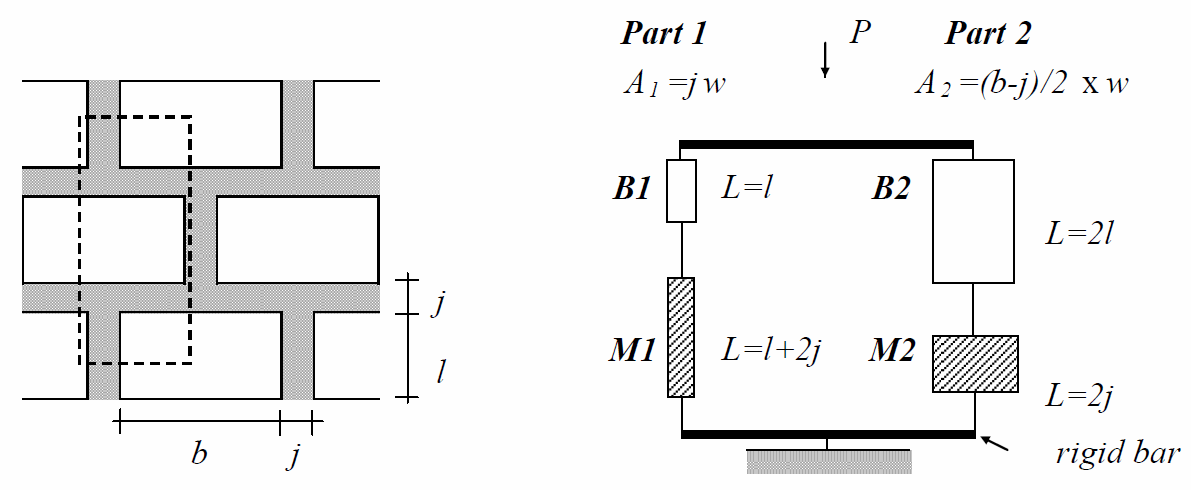J.J. Kim1 and M.M. Reda Taha2
- 1Post Doctor Fellow, Dept. of Civil Engineering, University of New Mexico, Albuquerque, USA,E-mail:jjkim@unm.edu
- 2Associate Professor and Regents’ Lecturer, Dept. of Civil Engineering, University of New Mexico, Albuquerque, USA, E-mail:mrtaha@unm.edu
ABSTRACT
The collapse of historical masonry structures in Europe in the late 1990’s raised the interest in understanding the long-term effect of masonry under sustained compressive stresses. That requires combining the significance of time-dependent effects of creep with the effect of damage due to overstress to realize the evolution of cracks and then failure in masonry. Meanwhile, composite analysis of masonry panels was proven effective for realizing ultimate strength capacity. Composite analysis also provides the ability to consider system reliability in analyzing masonry panels.
In this article, a masonry panel under high compressive stress to strength ratio is considered. The panel is modelled as a composite structure by considering a repeated unit cell of mortar and brick. Load redistributions due to creep in mortar and brick as composite materials are accounted for. A step-by-step in time analysis is performed to track the load redistribution in the composite masonry. Time-dependent system reliability analysis of the masonry panel is performed by defining component and system limit state functions at each time step.
KEYWORDS: reliability, masonry, creep, composite.
B3-4



